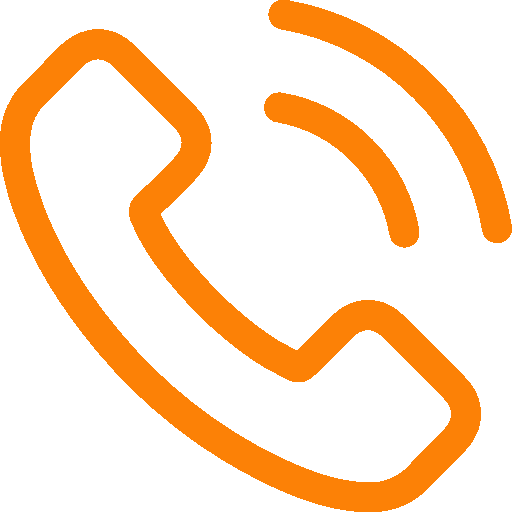
I’ve always loved the side of home technology which caters to the “need” vs. “want” customers. It feels good to help someone live independently or deliver peace of mind. Some of the best moments in my career revolve around watching paralyzed veterans type an email with nothing but the movement of their eyes or enabling parents of a disabled adult to go out on a date for the first time in 10 years.
This time around, my product review is a little more personal. A friend’s mom was recently diagnosed with Alzheimer’s disease and my brother (also an integrator) and I have been looking around for a solid assistive technology platform to install in her home while still preserving dignity. The universe is funny. Just as our search was beginning, Nathan Turczan with FutureCare reached out and wanted to know if I’d like to review their HomeKit product. I took a look at the website and agreed. Soon enough I had a starter kit sitting on my desk ready for installation.
Unboxing
I decided to tackle the installation the following week. With the FutureCare box tucked under my arm I sat down at my friend’s mom’s kitchen table and began laying everything out. The contents included a base unit called a Gateway, power supply, three motion detectors (FutureCare calls these Wellness sensors) and two door contacts (a.k.a. Threshold sensors).

Installation
The instructions printed on one of the inner cartons bid me to install the app first. I picked up my iPhone and downloaded the FutureCare app. After booting up, we ran through its installation wizard which walked through a series of fairly intuitive steps, including installing the base station, motion detectors and door contacts.
I decided to install the motions in the kitchen, master bedroom, and the master bathroom. Nathan told me to pick areas that are commonly used so that they could monitor sleep, bathroom usage and movement during the day. I asked my friend’s mom if it was OK if I put these around the house and her biggest concern was whether or not they were cameras and could see her. I assured her they weren’t and placed them on shelves looking out into their respective spaces.
Setup through the FutureCare app is fairly intuitive.
We then picked two of the doors that she uses for frequent access in and out of the house and installed those as well. The app then guided me through installing the base station (connects via hardwire, Wi-Fi, or cellular), which I plugged into the router. It took a little while to connect with the mothership, but eventually everything turned green and appeared to be online and properly working.
Configuration

Systems like FutureCare are designed to measure a baseline of normal activity over a period of time (usually a few weeks) and then begin reporting on what they see as exceptions to that normal pattern of behavior (waking up, leaving the house for an extended period or lack of movement).
I started receiving emails over the next few days, indicating how much time my friend’s mom had been sleeping, whether she got up in the middle of the night, and whether or not any doors had been left open. It really felt great going from an information black hole to having a daily “at a glance” summary. We had no idea how much sleep my friend’s mom was getting, and I was able to easily add my friend and a few others and found we could tightly control access through the app.
As far as my friend’s mom was concerned, we had just put a few pieces of hardware on some bookshelves throughout the home. We decided not to make her part of the FutureCare notifications because I feel like that would’ve created confusion vs. clarity.
Final Report
The FutureCare package I installed retails for $499 and has a $79 monthly subscription associated with it. It’s price competitive with other solutions in the market, such as Alarm.com’s Wellness and Amazon’s Alexa Together solutions. I’ve had FutureCare installed for about a month, and it has performed flawlessly. I highly recommend it and look forward to seeing more innovations from them in the future.


 CALL US 804.616.4156
CALL US 804.616.4156 BOOK APPOINTMENT
BOOK APPOINTMENT